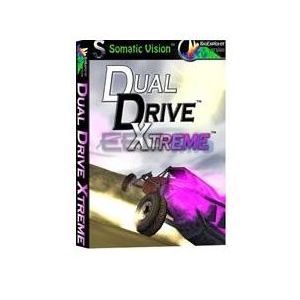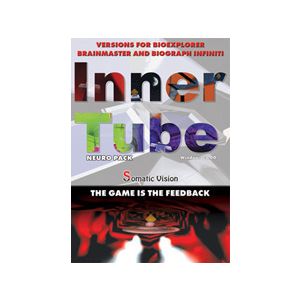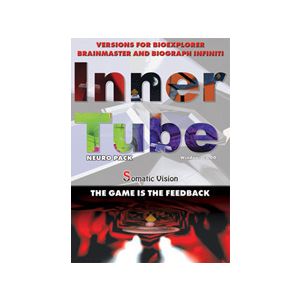We use cookies to make your experience better. To comply with the new e-Privacy directive, we need to ask for your consent to set the cookies. Learn more.
Software
- Sterman Operant Conditioning SuiteThese training protocols are designed to have instantaneous feedback, with use of between 1 and 4 EEG channels. Dr. Barry Sterman, the original pioneer in the field of neurofeedback training, shares his style of operant conditioning neurofeedback in this software BFE Suite. This software suite includes a collection of pre-defined training sessions based on Dr. Sterman's clinical experience. Learn More$300.00
- Virtual Reality for CygnetThe Virtual Reality Neurofeedback Animation combines state-of-the-art virtual reality technology with the Neurofeedback application. The virtual worlds simulated in this feedback animation provides an unprecedented audio-visual neurofeedback experience to the patients. Learn More$870.00
- Particle World for BrainMasterParticle World for BrainMaster allows virtually limitless design possibilities. Activate feedback elements from BrainMaster to control the dancing particles and make them move into new shapes and patterns. Learn More$720.00
- Synchrony for Cygnet2-Channel Synchrony is the new and improved version of the former 2-Channel Sum Application in Cygnet. It uses a collection of environments, with a unique blend of background music and visuals, to promote and support meditative states which can lead to a deeper sense of relaxation and mental clarity. Learn More$720.00
- Dual Drive Xtreme for BioExplorer or Cygnet3D race car feedback for BioExplorer & Cygnet software. Learn More$720.00
- Hyper Pong Infinity for BioExplorer or CygnetA new Breakout style game offers a fast paced alternative for BioExplorer feedback. Learn More$720.00
- Inner Tube for BioExplorer or CygnetBioExplorer or Cygnet version of the Inner Tube Game. 3D game play is seamlessly integrated with physiological readings from the body. Learn More$720.00
- Inner Tube for BrainMasterBrainMaster version of the Inner Tube Game. 3D game play is seamlessly integrated with physiological readings from the body. Learn More$720.00
- WinEEG Advanced Software for MitsarWinEEG Advanced software allows for the recording, editing and analysis of continuously recorded EEG using a Mitsar amplifier. WinEEG advanced version allows the user all of the functions of the basic version and additionally the ability to import non-Mitsar format files, record Evented Related Potential data (with the use of PsyTask), and to perform database comparisons (with the addition of the HBI database). Learn More$2,250.00
- HBI Human Brain Indices DatabaseChild and Adult Reference Database for spectral analysis, event related potentials (ERPs). Includes 100 comparisons. The normative data base includes 3 minute fragments of EEG recorded in eye open, eyes closed conditions and in four different tasks (two stimulus GO/NOG task, Math, Reading and Acoustic tasks). The results of comparison are presented as maps of deviations from normality. From 6 to 60 years old Learn More$1,600.00











